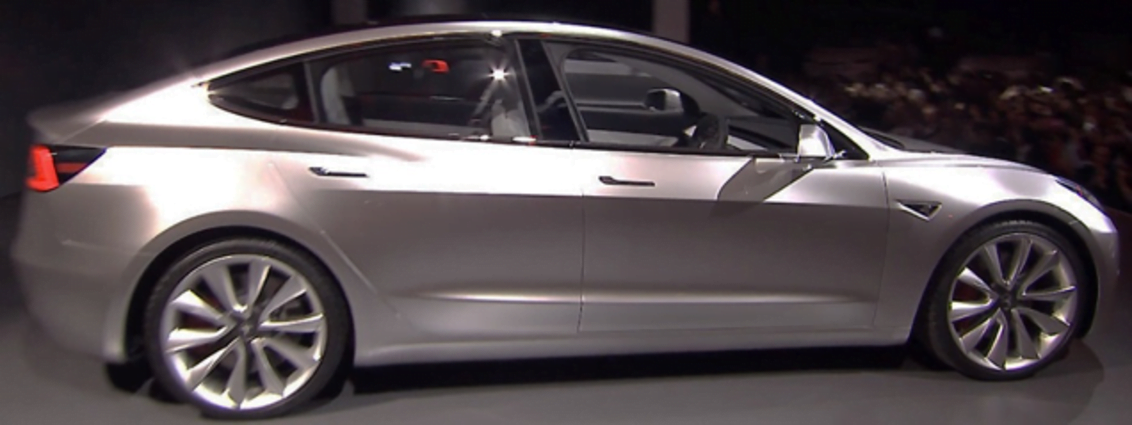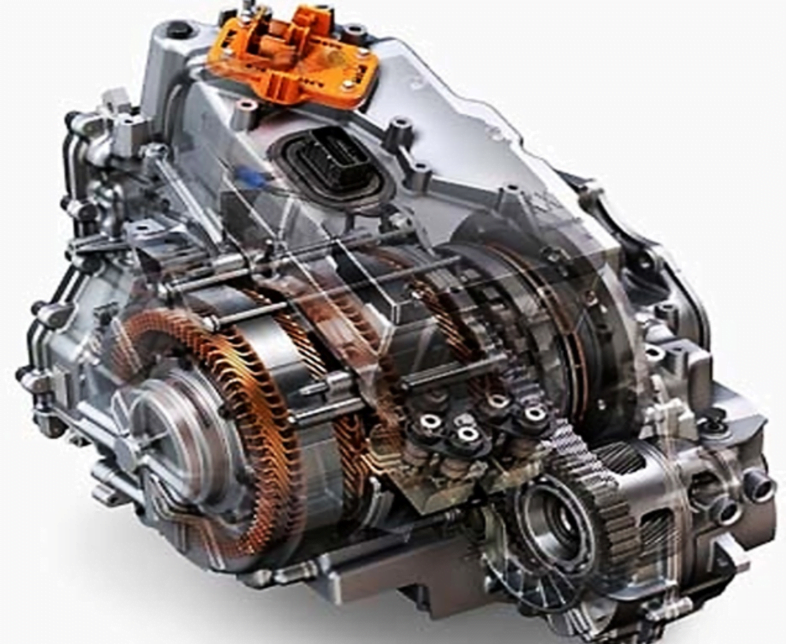Electric vehicles energy use
Regardless of its type of fuel, the energy drawn by any road vehicle is a function of three main factors: air drag, accelerating and braking, and rolling resistance. Electric vehicles energy use is no exception.

The Tesla 3. Pic: Tesla
Air drag
This relates to frontal area and aerodynamics, and particularly to speed. The reason speed so matters is that energy use rises with the cube of the speed). It is thus also affected by driving into prevailing wind. This is not usually a major factor in most countries. It is, however, very much so on Australia’s 1675 km (141 miles) Eyre Highway. Often called the Nullarbor, the highway links South and Western Australia. It is very close to the ocean for much of the way. That wind tends to be either from in front or behind, and can be as high as 30-40 km/h. If driving into the 30 km/h wind at 90 km/h, for electric cars that’s a battery flattening equivalent 120 km/h.
Wind resistance is a powerful reason for driving anticlockwise around Australia. One drives north around September, around the top during winter, then back down the west coast and to where one started in late summer. This should result in a following wind for the west and east crossings.
Electric-only vehicles of today are most suited to urban driving. As battery technology inevitably advances, and charging facilities increase, these will be decreasing issues.

The (2016) Chevrolet Voltec electric vehicle motor and transmission. Pic: Chevrolet.
Acceleration & braking
The energy involved in acceleration and braking relates substantially to the laden weight of the vehicle. Existing batteries are far heavier than their range-equivalent petrol or diesel. An electric vehicle motor and transmission, however, is simpler and lighter. Moreover, it is also 80% to 90% efficient (a fossil-fuelled engine is only 25%).

BMW i3 ultra-light carbon-fibre body shell saves weight. Pic: BMW.
Body shells can be made much lighter: BMW’s i3 electric car has an ultra-light carbon-fibre body shell. This cancels out much of the battery weight. That extra battery weight, however, is expected to be a short-term issue. As our article Electric Vehicle Batteries notes, huge efforts are in progress worldwide to reduce the weight of rechargeable batteries. This will also enable a longer range between recharging.
Rolling resistance
Rolling resistance is directly proportional to minor friction losses, minor heat loss due to tyre wall deflection (<3%), and speed. That of fossil-fuelled,and an electric vehicle’s rolling resistance, is thus the same. There is, however, one considerable energy advantage of electric (and hybrid) vehicle over internal-combustion engined vehicles. It of simple and effective regenerative braking. This recovers the kinetic energy that would be otherwise lost in heat-generating braking. It works by an electric car’s motor momentarily acting as a generator and charging the batteries.
Stop/starting in traffic
In recent years, petrol and diesel engine cars have a (usually optional) engine stop/starting system for use in congested traffic. Whilst this saves fuel, electrical energy is used for each restart. Moreover, electric cars will have a considerable edge as no energy is drawn whilst at rest, nor extra when restarting.
The Electric Vehicle Series
This is a part of a series of articles about the history and technology involved in electric vehicles.




